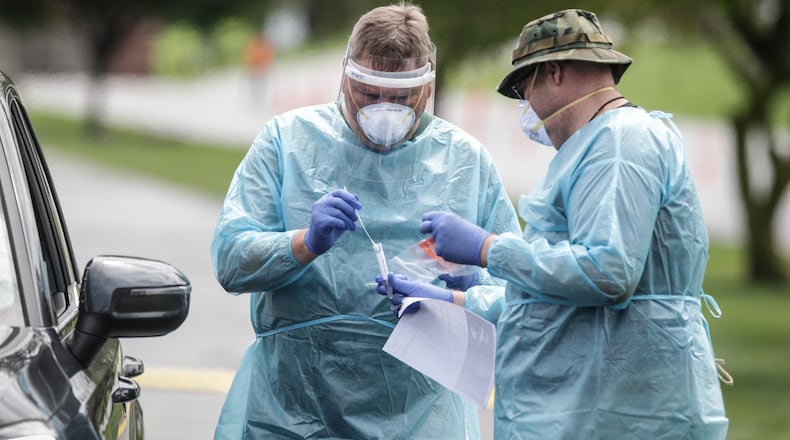As some colleges and universities in the region prepare to start classes, the University of Dayton extended its remote learning until Sept. 14 because of a jump in COVID-19 cases on campus.
As of Friday evening, UD, which has been conducting random surveillance testing, reported 496 active cases. Most other area institutions have not reported any cases on their campuses because they either haven’t started classes or, such as Wright State University, are not randomly testing students. Cedarville University has reported one case.
Surveillance testing is not necessary at WSU because 70% of classes are online and a large number of students are commuters, said Seth Bauguess, university spokesman. Wright State’s campus footprint is significantly smaller as dorms are half filled, he said.
The small percentage of students who are on campus are encourage to get tested if they feel ill, Bauguess said.
About the Author

